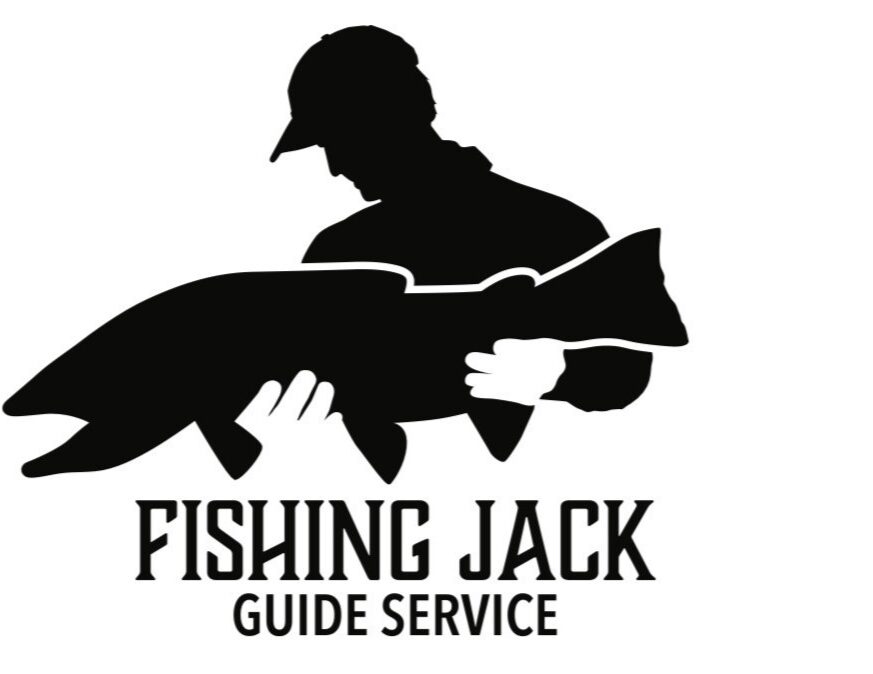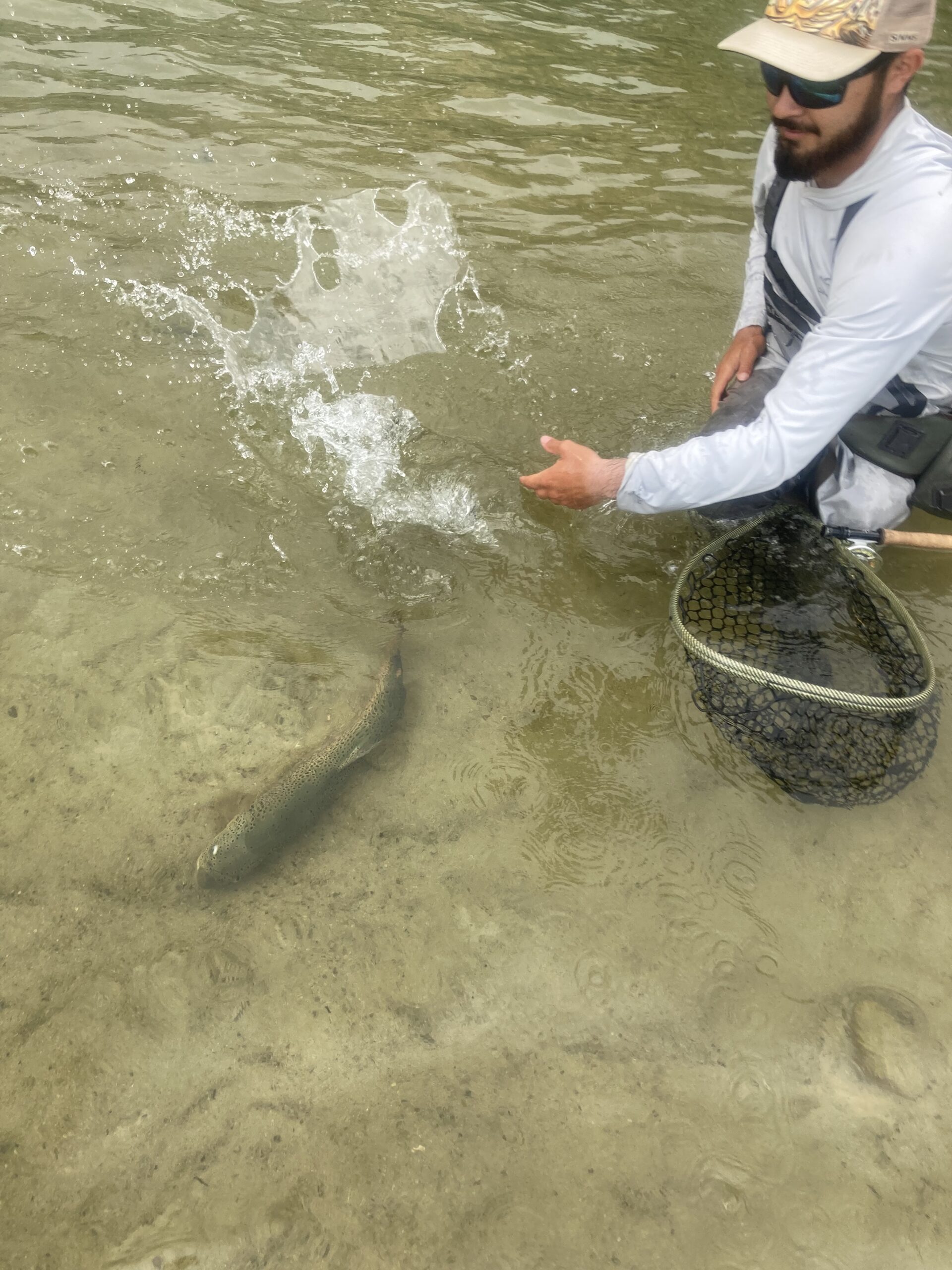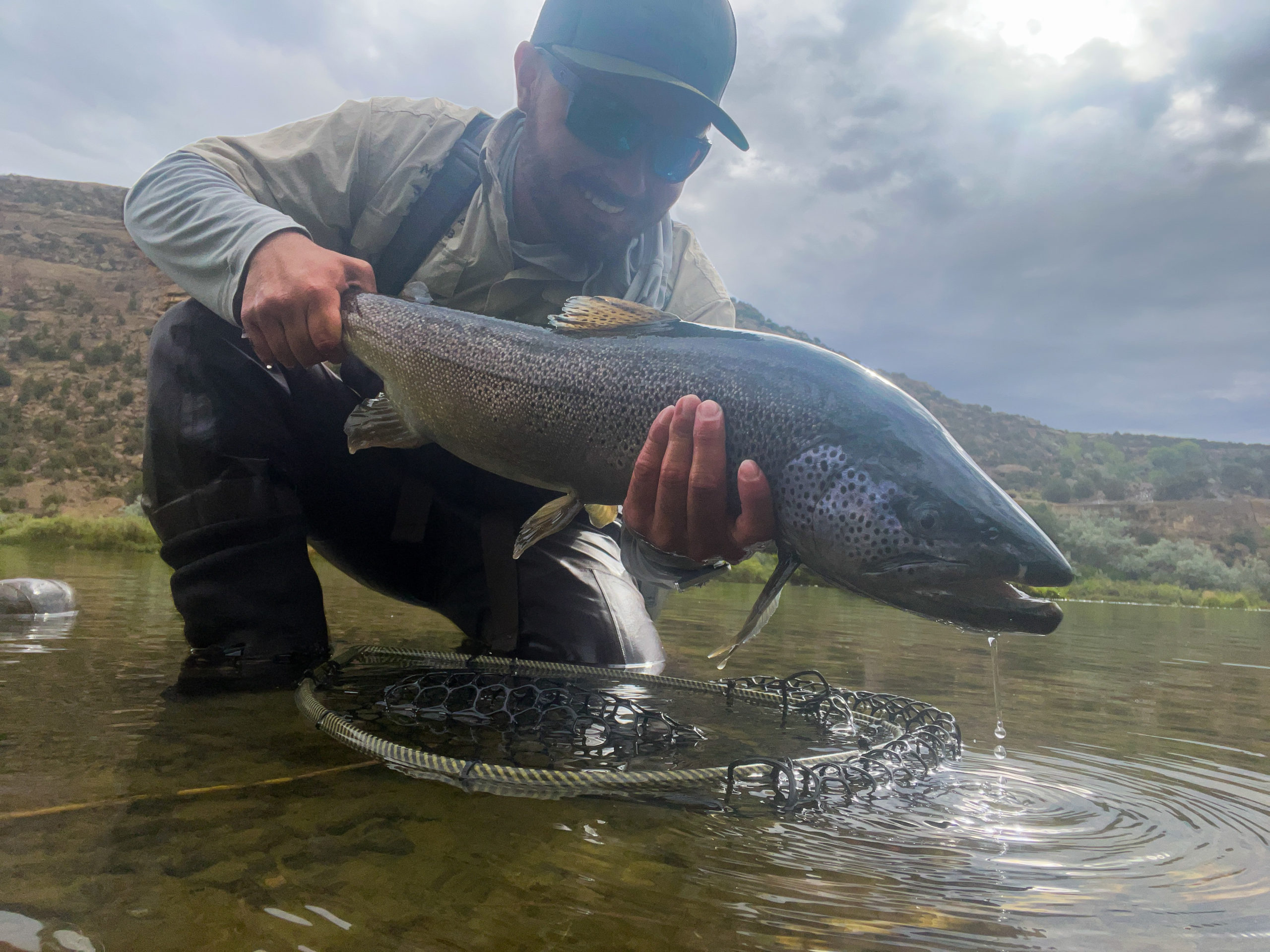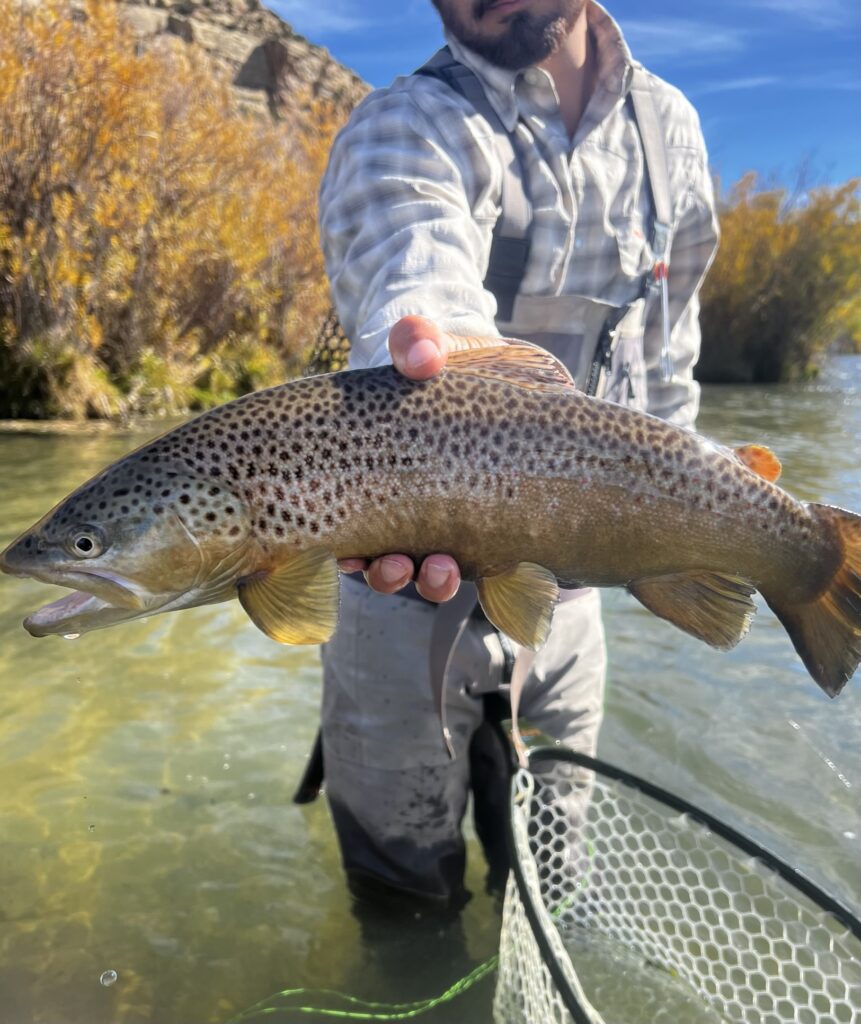Fly fishing in the winter months comes with its own unique challenges. Here are some quick tips to make the most of shorter days on the water.
1.) Fish where the fish are.
This one is pretty self-explanatory. The fish we normally target in skinny water during the warmer months will fall back into their “winter lies”. This isn’t to say these fish won’t venture up and down in the water column, but you can expect to see the fish glued to the bottom of the river if the water temperature fluctuates enough to influence their metabolism. Consider looking for slow, deep pockets of water and gradually decreasing your depth to your bottom fly to find where you are getting the most consistent eats. Fish slightly heavier than you normally would and focus on putting your flies in the bottom 3rd of the water column. If you begin to see the fish suspending or stop getting eats near the bottom, adjust your depth in increments of 1 foot until you find them.
2.) Your distance from your river’s dam/spillway.
The defining characteristic of any tailwater is a reservoir that feeds into a river via controlled flow. Since water is pumped into the river from the bottom of the reservoir, you will find more consistent water temperatures the closer you are in proximity to it. Conversely, the further you are from the dam, the more time the water will have to be manipulated by the air temperature. In the winter months, it is beneficial to begin your day closer to the dam where the water temperature is more consistent, and the fish are less stressed. As the day progresses and the water furthest from the dam increases in temperature, you may find better hatches and dry fly opportunities. Bearing this information in mind can save you from being at the wrong place at the wrong time.
3.) Fly Selection
While other types of waters (such as freestones) will see a reduction or total cessation in the number of larger insects hatching, tailwaters can be a bit different. Midges and mayflies will hatch year-round, but the biomass in terms of available food will slightly decrease. The same hatches you will see on your river in the summer months will occur in the winter,

but often to a smaller degree and with a shorter window. Therefore, the fish will be more prone to induced eats on larger or unfamiliar flies to make up for this. This is often why winter fishing is associated with “junk” rigs ranging from eggs to mop flies. If your particular tailwater is prone to discoloration from lake turnover, this is another reason you may fish junk this time of year. So, consider loading your box with eggs, leeches, worms, large annelids, or the infamous mop fly. Additionally, you may take any midge pattern of your choice and fish it 2 or more hook sizes larger than usual.
4.) Expect subtle eats.
Just like us, fish can become sluggish when the temperature is too hot, or too cold. Many times, they will only “nip” at your flies and the indicator will never move. Setting the hook when you notice any subtle change in speed or direction of the indicator becomes imperative. This becomes even more important when you factor-in a deeper rig which is most susceptible to delays between the eat and the indicator dipping below the surface.
Hope these quick guidelines help you on your next adventure!
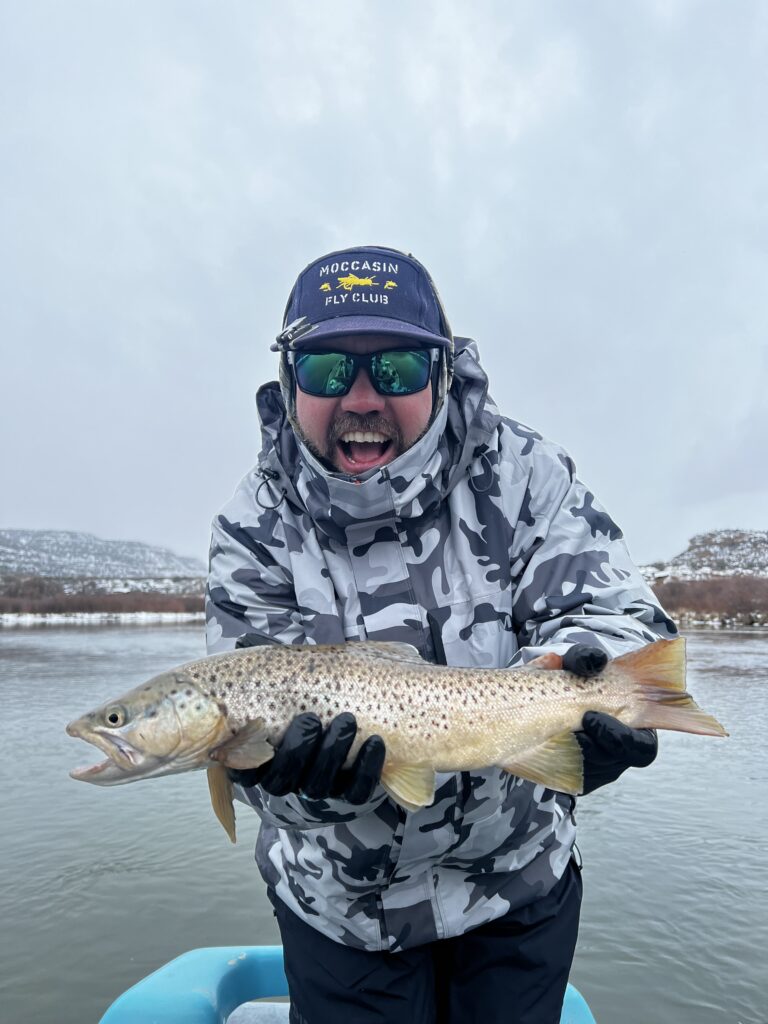
For more information, check out our YouTube Channel: Fishing Jack – YouTube
